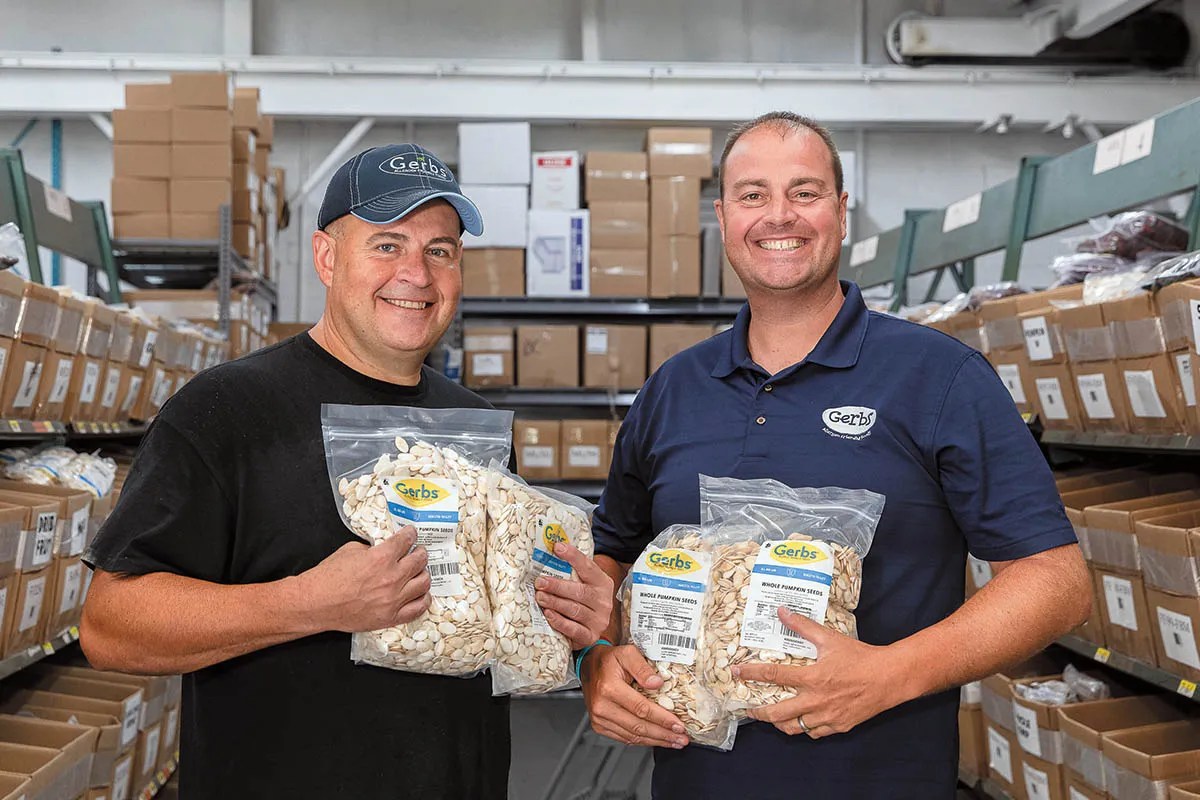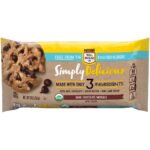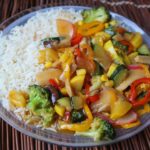Craving comforting classics but dealing with allergies? This guide unveils the secrets to creating delicious, allergy-friendly versions of your favorite comfort foods. We’ll explore simple substitutions for common allergens like dairy, gluten, nuts, soy, and eggs, transforming familiar recipes into allergy-safe delights. Learn how to maintain texture and flavor while ensuring everyone can enjoy the warmth and satisfaction of a truly comforting meal, regardless of dietary restrictions.
We’ll delve into detailed, step-by-step recipes for dairy-free mac and cheese, creamy gluten-free soups, and perfectly fluffy mashed potatoes. Discover the art of gluten-free baking, mastering techniques to achieve the perfect rise and texture. We’ll also guide you through creating nut-free and soy-free comfort food masterpieces, emphasizing ingredient selection and cross-contamination prevention. Finally, learn how to adapt your existing recipes to be completely allergen-free, overcoming common challenges and ensuring delicious results every time.
Identifying Common Allergens & Substitutions
Creating delicious and comforting meals without common allergens requires understanding which ingredients to avoid and what suitable replacements can maintain both flavor and texture. This involves careful ingredient selection and a little culinary creativity. Let’s explore common allergens and their effective substitutes.
Common Allergens and Their Substitutes
A comprehensive understanding of common allergens and their viable replacements is crucial for adapting recipes. The following table provides a concise overview of common allergens and suitable substitutes, considering both functionality and nutritional impact.
| Allergen | Substitute | Nutritional Differences | Impact on Texture & Flavor |
|---|---|---|---|
| Dairy (Milk, Cheese, Yogurt) | Dairy-free milk (almond, soy, oat, coconut), nutritional yeast (for cheesy flavor), tofu (for creaminess) | Dairy is rich in calcium and protein. Alternatives vary; almond milk is lower in protein, while soy milk can be comparable. Nutritional yeast provides B vitamins. | Dairy-free milks can alter the texture, often resulting in a thinner consistency in sauces or baked goods. Tofu can add creaminess but may affect the overall taste. Nutritional yeast offers a savory, cheesy note. |
| Gluten (Wheat, Barley, Rye) | Gluten-free flour blends (rice flour, almond flour, tapioca flour), quinoa, amaranth | Gluten provides elasticity and structure to baked goods. Gluten-free alternatives often lack this, resulting in crumblier textures. Nutritional profiles vary widely. | Gluten-free baked goods tend to be denser and less chewy. The flavor can also be subtly altered; some blends might have a slightly sweet or nutty taste. |
| Nuts (Peanuts, Tree Nuts) | Sunflower seeds, pumpkin seeds, tahini (sesame seed paste) | Nuts are rich in healthy fats, protein, and fiber. Seeds offer similar nutritional benefits but with varying compositions. | Seeds provide a different textural experience; they might be crunchier or less oily than nuts. The flavor profile also differs; tahini offers a unique, earthy taste. |
| Soy | Chickpeas, lentils, sunflower seeds | Soy is a complete protein source, rich in isoflavones. Alternatives offer different protein profiles and nutrient compositions. | Substituting soy can slightly alter the texture and flavor of dishes. For example, using chickpeas instead of soy in a vegan burger will result in a different mouthfeel. |
| Eggs | Applesauce, mashed banana, flax eggs (flaxseed meal mixed with water), chia eggs | Eggs bind ingredients and add richness. Substitutes vary in their binding ability and nutritional content. Flax and chia eggs provide omega-3 fatty acids. | The texture of baked goods might be slightly altered. Applesauce or banana can add moisture and sweetness, while flax or chia eggs might result in a slightly denser texture. |
Adapting Existing Recipes to be Allergen-Free

Adapting beloved comfort food recipes to be allergen-free requires careful substitution and a keen understanding of how different ingredients interact. This process involves more than simply swapping one ingredient for another; it requires a thoughtful approach to maintaining texture, flavor, and overall culinary satisfaction. Successful adaptation hinges on understanding the role each ingredient plays and selecting appropriate alternatives.
Macaroni and Cheese Transformation
This classic comfort food often contains dairy, gluten (in the pasta), and sometimes eggs. To create a dairy-free, gluten-free, and egg-free version, we’ll make several key substitutions.
- Pasta: Replace regular macaroni with gluten-free pasta. Look for options made from brown rice, quinoa, or corn. The texture might differ slightly, but the flavor remains largely unaffected.
- Cheese Sauce: Instead of cheddar cheese, use a dairy-free cheese alternative such as nutritional yeast for a cheesy flavor, combined with a cashew cream sauce. To make the cashew cream, soak raw cashews in hot water for at least 30 minutes, then blend them with water until smooth and creamy. Season with salt, pepper, and nutritional yeast for a rich, cheesy flavor.
- Thickening: To achieve the desired creamy consistency, add a cornstarch slurry (cornstarch mixed with a little cold water) to the cashew cream sauce. Whisk it constantly while simmering to prevent lumps.
- Flavor Enhancement: Add a pinch of turmeric for a vibrant yellow color similar to traditional mac and cheese. Onion powder and garlic powder will add savory depth.
Allergen-Free Chocolate Chip Cookies
Traditional chocolate chip cookies often contain dairy, eggs, and nuts (in some variations). Here’s how to make them allergen-free:
- Butter Substitute: Replace butter with a dairy-free butter alternative such as vegan butter made from coconut oil or a blend of oils. Ensure it’s solid at room temperature for proper cookie texture.
- Egg Replacement: Use a flax egg (1 tablespoon of flaxseed meal mixed with 3 tablespoons of water) or applesauce as an egg replacement. This will bind the ingredients and provide moisture.
- Nut-Free Chocolate Chips: Opt for chocolate chips that are specifically labeled as nut-free to avoid cross-contamination. Many brands offer such options.
- Flour: Use a gluten-free flour blend, ensuring it contains xanthan gum or guar gum to mimic the binding properties of gluten.
Adapting Chicken Pot Pie
A classic chicken pot pie typically includes dairy, gluten (in the crust), and sometimes eggs. Adapting this recipe requires careful attention to both the filling and the crust.
- Crust: Replace the traditional pie crust with a gluten-free crust. Many gluten-free pie crust mixes are available commercially, or you can make one from scratch using gluten-free flour blends. Ensure you use a fat that is suitable for a gluten-free crust.
- Filling: Use a dairy-free milk alternative such as coconut milk or oat milk to create a creamy sauce for the chicken and vegetables. Instead of relying on butter or cream, use a little cornstarch to thicken the sauce.
- Egg Wash: Skip the egg wash typically used for the crust; instead, brush the crust with a little plant-based milk for a subtle sheen.
- Flavor Boost: Enhance the flavor of the filling with herbs and spices. Thyme, rosemary, and sage complement chicken beautifully.
Challenges and Solutions in Allergen-Free Cooking
Adapting recipes can present several challenges. Maintaining texture is crucial; gluten-free baking often requires adjustments to liquid content and the addition of binding agents like xanthan gum. Flavor can also be affected; some substitutions might alter the overall taste profile, requiring careful seasoning and flavor balancing. Cross-contamination is a major concern; dedicated allergen-free equipment and careful preparation are essential to prevent accidental exposure.
Tips for Successful Allergen-Free Recipe Adaptation
- Start with simple recipes before tackling complex ones.
- Read labels carefully, paying attention to all ingredients.
- Use reliable allergen-free substitutes.
- Always double-check for cross-contamination.
- Don’t be afraid to experiment and adjust seasonings to taste.
- Research specific allergen-free substitutions for different ingredients.
Mastering the art of allergen-free comfort food is more achievable than you might think! By understanding allergen substitutions and adapting recipes strategically, you can create delicious, inclusive meals for everyone. This guide provides the tools and knowledge to confidently navigate common allergens, ensuring that the warmth and satisfaction of comfort food are accessible to all. Embrace the culinary adventure, experiment with flavors, and enjoy the joy of sharing delicious, allergy-friendly meals with loved ones.
FAQs
What are some common signs of an allergic reaction to food?
Common signs include hives, itching, swelling, difficulty breathing, vomiting, and diarrhea. Seek immediate medical attention if you suspect a severe allergic reaction.
Can I freeze allergen-free comfort food recipes?
Yes, many allergen-free recipes freeze well. Allow them to cool completely before freezing in airtight containers. Thaw thoroughly before reheating.
How long can I store leftover allergen-free comfort food?
This depends on the recipe, but generally, leftovers should be stored in the refrigerator for 3-4 days. Always ensure proper refrigeration to prevent bacterial growth.
Where can I find allergen-free ingredients?
Many grocery stores now carry dedicated allergen-free sections. You can also find specialized ingredients online or at health food stores.


